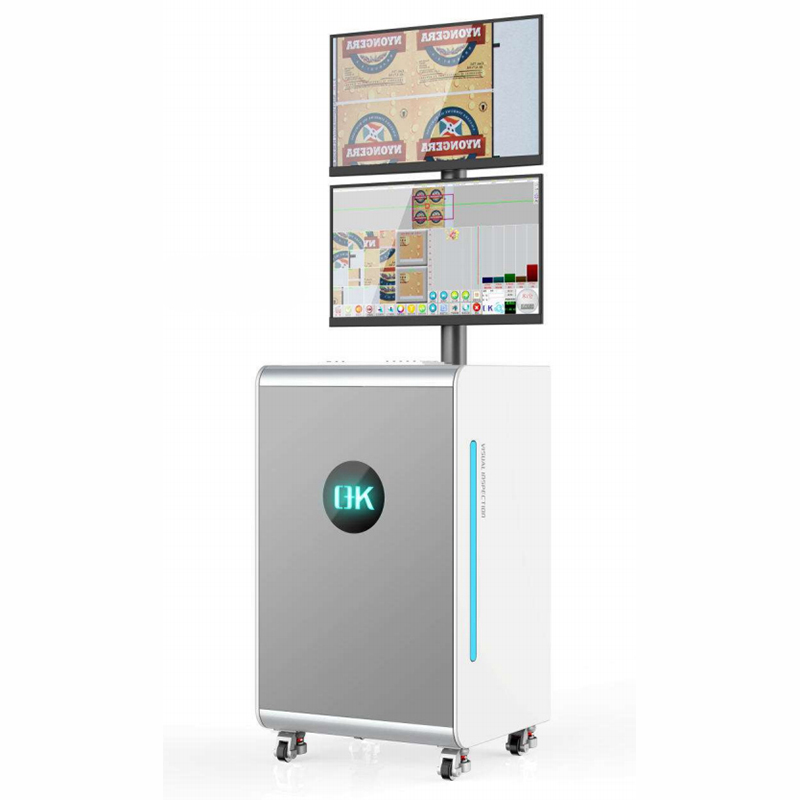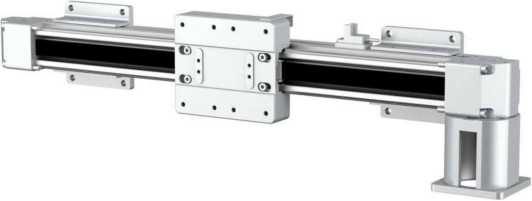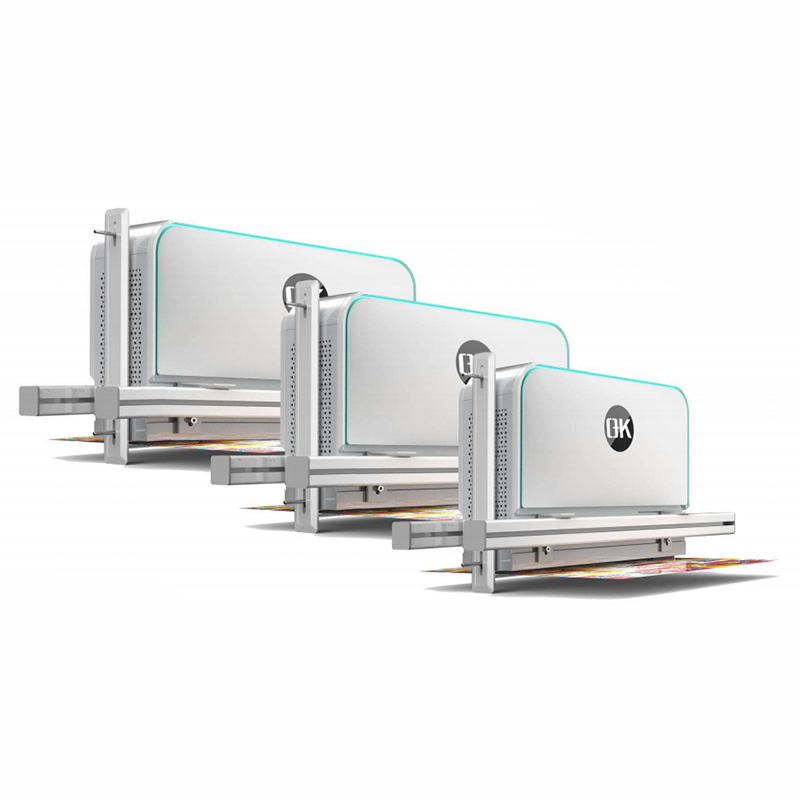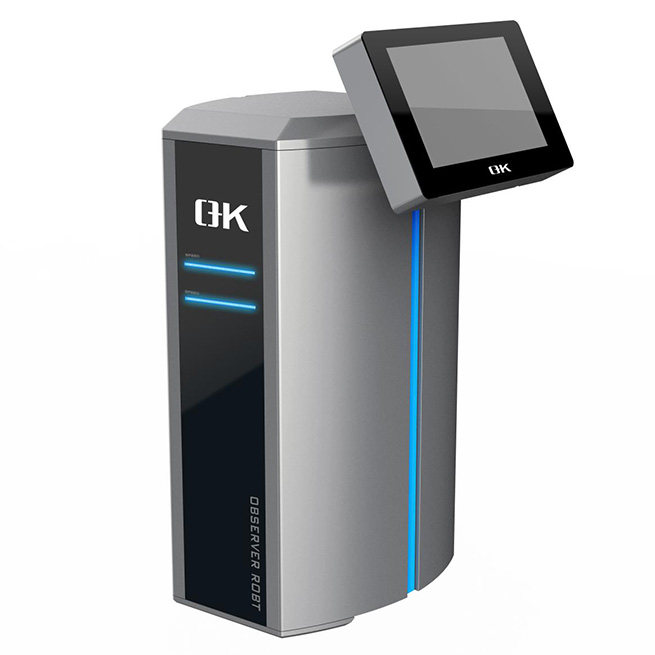How Web Video Inspection Systems Contribute to the Principles of Industry 4.0
Web video inspection systems have emerged as critical contributors to the key principles of Industry 4.0, an era in which smart technologies are transforming production processes. In this article, we explore the ways in which web video inspection systems align with and reinforce the key principles of Industry 4.0.

Basics of Web Video Inspection Systems
Web video inspection system is one kind of inspection system that uses video technology to visually examine various surrounding, widely utilized in a variety of industries, including manufacturing, automotive, construction, oil and gas, and utilities.
| Aspects | Description |
| Components | Camera, lights, cables, reel, monitor, and control unit. |
| Camera Types | Pan-and-tilt cameras, push cameras, robotic cameras. |
| Lighting Options | LED lights integrated into the camera or external lighting. |
| Applications | Inspection of pipes, sewers, ducts, tanks, wells, etc. |
| Operational Modes | Manual operation, remote control, automated scanning. |
| Recording Capabilities | Image and video capture for documentation and analysis. |
| Integration with Other Systems | Compatibility with GIS, data management, and reporting systems. |

The Impact of Web Video Inspection Systems on Industry 4.0 Principles
1. Real-Time Data and Connectivity
Contribution: Web video inspection systems generate a constant stream of real-time data, providing immediate insight into industrial processes. This is consistent with Industry 4.0’s emphasis on real-time connection, which allows operators to immediately monitor and adapt to dynamic conditions.
Benefits
- Swift decision-making based on live data.
- Immediate response to anomalies or defects.
- Enhanced overall operational efficiency.
2. Interoperability and Integration
Contribution: Web inspection systems integrate smoothly with a variety of digital platforms and control systems, exemplifying the Industry 4.0 interoperability principle. These systems become essential components of a connected network of smart devices.
Benefits
- Holistic data exchange across the manufacturing ecosystem.
- Integration with IoT devices for a unified approach.
- Streamlined communication between different manufacturing components.
3. Automation and Smart Control
| Aspect | Description |
| Automated Inspection Processes | Integration of automation for efficient and systematic inspection procedures. |
| Smart Control Systems | Utilization of intelligent control systems for optimized operation. |
| Automated Data Analysis | Implementation of algorithms for automated analysis of inspection data. |
| AI and Machine Learning Integration | Integration of AI and machine learning for pattern recognition and anomaly detection. |
| Automated Reporting Systems | Generation of automated reports based on inspection data and findings. |
| Remote Monitoring and Control | Capability for remote monitoring and control of inspection systems. |
| Condition-based Maintenance | Use of smart systems to predict and schedule maintenance based on equipment condition. |
| Smart Sensing Technologies | Integration of sensors for smart sensing, ensuring accurate data collection. |
| Self-Diagnostics and Alerts | Systems capable of self-diagnostics and generating alerts for potential issues. |
| Integration with IoT Devices | Connectivity with Internet of Things (IoT) devices for enhanced functionality. |
| Automated Navigation and Guidance | Automation of camera navigation and guidance for efficient inspections. |
| Adaptive Lighting Control | Smart control of lighting conditions for optimal visibility during inspections. |
| Energy Efficiency Measures | Implementation of energy-efficient features for sustainability. |
| User-Friendly Interface | Intuitive and user-friendly interfaces for easy system control and monitoring. |
| Scalability of Smart Features | Scalability to accommodate the integration of new smart features and technologies. |

4. Predictive Maintenance and Analytics
Contribution: Web inspection vision systems, especially those incorporating AI and machine learning, contribute to predictive maintenance by analyzing historical data and predicting potential issues before they escalate.
Benefits
- Proactive maintenance strategies to prevent downtime.
- Increased equipment lifespan through predictive analytics.
- Data-driven insights for continuous process improvement.
5. Customization and Flexibility
| Aspect | Description |
| Custom Camera Configurations | Ability to configure different types of cameras based on inspection requirements. |
| Adjustable Lighting Options | Flexibility to adjust lighting conditions for optimal visibility in various environments. |
| Interchangeable Accessories | Compatibility with interchangeable accessories such as lenses and probes. |
| Variable Cable Lengths | Options for variable cable lengths to accommodate different inspection scenarios. |
| Diameter and Length Variability | Capability to adapt to different pipe diameters and inspection lengths. |
| Multi-Functional Cameras | Integration of cameras with multiple functionalities for diverse inspection needs. |
| Customizable Inspection Paths | Ability to define and customize inspection paths for specific requirements. |
| Compatibility with Various Environments | Suitability for inspections in diverse environments such as pipes, tanks, wells, etc. |
| Flexible Operational Modes | Options for manual operation, remote control, and automated scanning. |
| Adaptable to Different Industries | Versatility for use in various industries, including manufacturing, oil and gas, construction, etc. |
| Integration with External Systems | Compatibility with external systems such as GIS, data management, and reporting tools. |
| Customizable Data Outputs | Flexibility to customize the format and content of inspection data outputs. |
| User-Defined Reporting Features | Options for users to define and customize inspection reports as needed. |
| Scalability for Additional Features | Capacity to scale up and integrate additional features and technologies. |
| Ease of Integration with Existing Systems | Smooth integration with existing inspection and management systems. |
| Adjustable Inspection Speeds | Variable speeds for inspection based on the level of detail required. |
| Customizable Alerts and Notifications | Tailoring alerts and notifications based on specific inspection criteria. |
| User-Defined Inspection Criteria | Capability for users to define and modify inspection criteria based on evolving needs. |
6. Enhanced Efficiency and Resource Management
Contribution: Web video inspection systems enhance overall process efficiency by offering real-time monitoring, immediate defect detection, and streamlined decision-making. This aligns with Industry 4.0’s focus on efficiency and resource optimization.
Benefits
- Optimization of resource usage.
- Reduction in waste through immediate defect identification.
- Improved production outcomes through efficient processes.
7. Cyber-Physical Systems
Contribution: Web video inspection machine help to realize cyber-physical systems by providing a digital representation of the physical production process. This digital twin allows for complete monitoring, analysis, and optimization.
Benefits
- Digital representation for in-depth analysis.
- Symbiotic relationship between the physical and digital realms.
- Improved decision-making through a digital twin.

Conclusion
Web video inspection systems work as catalysts for Industry 4.0, embracing its fundamental concepts and propelling the expansion of smart manufacturing. These solutions demonstrate the revolutionary power of technology in today’s manufacturing scene by delivering real-time data, enabling automation, supporting predictive maintenance, and contributing to the interconnection of industrial processes. As companies adopt Industry 4.0, web inspection systems will continue to play an important role in determining manufacturing’s future through innovation, efficiency, and connectivity.


